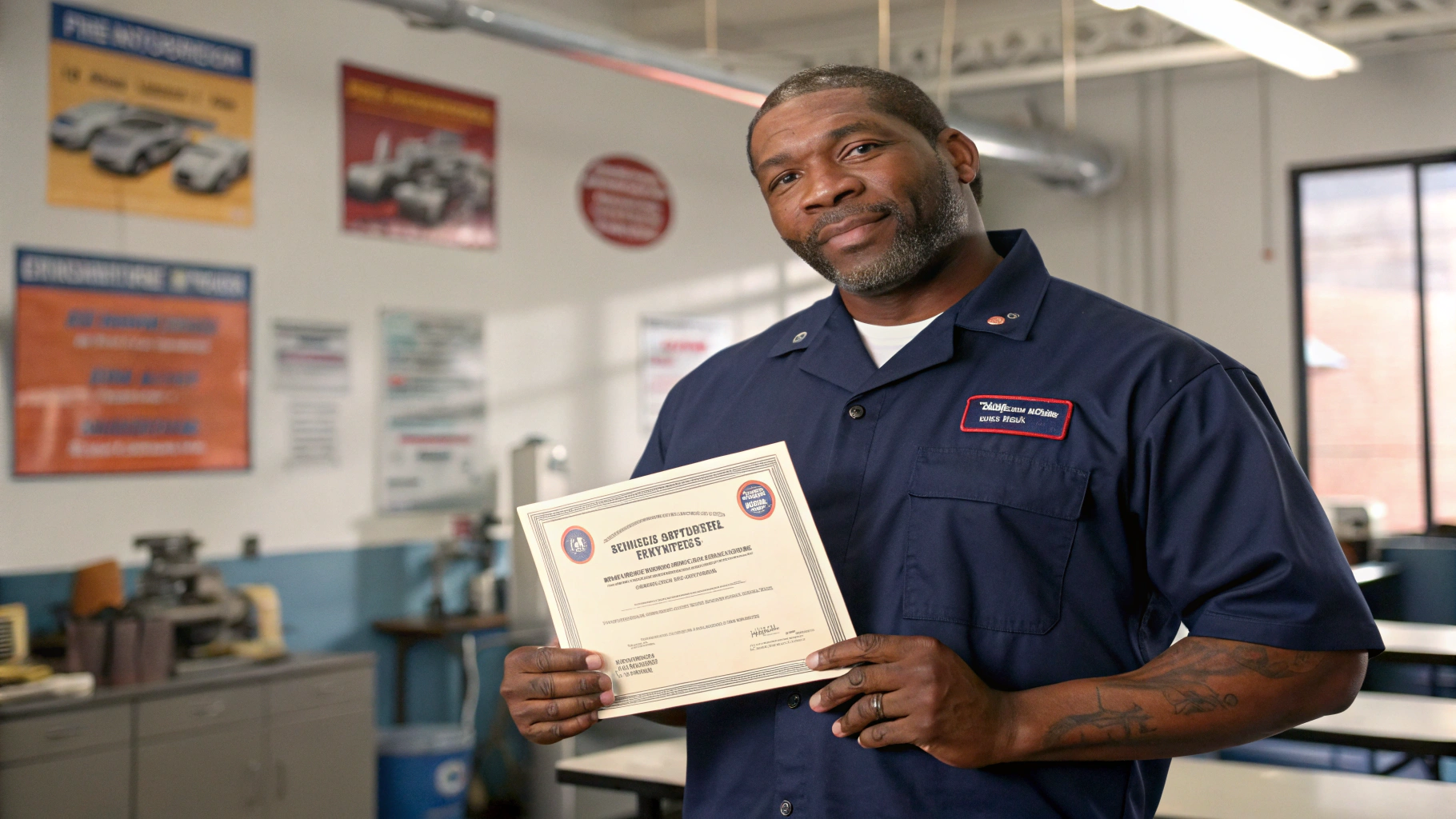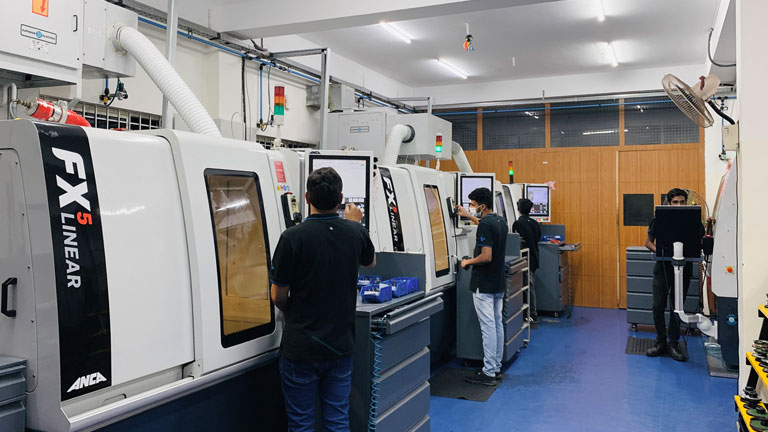Solving the Skilled Trades Labor Shortage: Proven Strategies for 2025
Picture this: A 55-year-old electrician in Ohio guides her apprentice through a virtual reality simulation of a solar panel installation. Across the country, a former inmate in California earns his HVAC certification using a tablet provided by a prison education program. These stories underscore the urgency of addressing America’s skilled trades labor shortage. It’s a crisis threatening to stall infrastructure projects, manufacturing growth, and clean energy transitions. With 40% of the 12 million skilled trades workers nearing retirement and 439,000 construction jobs needing filling this year alone 12, industries are racing to implement solutions that blend innovation with practicality.

Understanding the Skilled Trades Labor Crisis
Aging Workforce Meets Rising Demand
The retirement wave hitting skilled trades shows no signs of slowing. Nearly half of construction and manufacturing workers are over 45, with many eyeing retirement within the decade 24. This exodus collides with surging demand: the construction industry requires 439,000 new workers in 2025 to keep pace with projects, while manufacturing faces 570,000 current vacancies 1.
Technology’s Double-Edged Sword
Renewable energy systems and automated factories are creating high-tech trade roles, but traditional training programs struggle to keep up. A welder today needs robotics expertise; an electrician must master smart grid technology 6. These evolving skill requirements widen the gap between job openings and qualified candidates.

Industries Hit Hardest by the Labor Gap
Construction’s Workforce Emergency
From housing shortages to bridge repairs, construction’s needs outpace its workforce. Each retiring worker takes decades of expertise, while younger recruits remain scarce. “We’re losing bodies and institutional knowledge,” says a project manager at Clark Construction Group, which now partners with community colleges to fast-track apprentices 78.

Manufacturing’s Automation Challenge
While robots handle repetitive tasks, they create new roles in programming and maintenance. Yet with only 22% of manufacturing workers under 35, companies like Schneider Electric are redesigning factories to upskill existing employees. Their Kentucky plant automation project boosted productivity while creating 30% more skilled positions 910.

Training Tomorrow’s Workforce Today
VR Simulations Bridge Experience Gaps
Gone are the days of learning plumbing through textbooks alone. Platforms like SkillCat let trainees practice pipe installations in virtual environments, repeating complex tasks until muscle memory kicks in. “I welded 50 virtual joints before touching a real torch,” says a 19-year-old apprentice in Texas 1112.

AI Customizes Learning Paths
Adaptive algorithms now identify skill gaps in real time. Learn To Drill’s AI system reduced training time for oil rig technicians by 30% by analyzing performance data and adjusting lessons 11.
Second-Chance Programs Open Doors
Nonprofit Orijin brings VR trade training to prisons, where participants earn certifications in electrical work and HVAC. Graduates like Marcus, who landed a job within weeks of release, demonstrate how accessible education reduces recidivism by 60% 1215.

Recruitment Revolution: Tech Meets Tradition
AI Recruiters Find Hidden Talent
HR platforms now scan gaming forums and maker spaces to identify candidates with untapped mechanical aptitude. One HVAC company slashed hiring time by 50% using AI tools that prioritize problem-solving skills over formal resumes 1617.

Upskilling Keeps Workers Ahead
When 3M partnered with the Canadian Welding Bureau, they donate equipment and created micro-courses on augmented reality welding. Employees who completed training saw 20% wage increases, proving growth opportunities boost retention 9.

Schools Build the Pipeline
Community Colleges Lead the Charge
Vocational program enrollment jumped 16% last year as institutions like Finger Lakes Community College partner with employers. Their apprenticeship program combines paid worksite hours with evening classes, graduating job-ready electricians in two years 1920.

Debunking the “College or Bust” Myth
Trade schools emphasize earning potential: median wages of $50,000–$69,000 rival many bachelor’s degree holders’ salaries 21. “I’m debt-free while my college friends are still paying loans,” says a 25-year-old crane operator earning $68,000 annually 22.
Policy and Partnerships Fuel Progress
Federal Push for Apprenticeships
The 2025 Workforce Modernization Executive Order targets 1 million new apprenticeships in advanced manufacturing and green energy. States like North Carolina now fund pre-apprenticeship programs in high schools, exposing teens to trades through robotics competitions and mini-internships 23.
Industry Groups Tackle Perception Issues
The National Association of Home Builders’ “This is Building” campaign floods social media with videos of tech-savvy tradespeople. Partnering with influencers like DIY TikTok stars, they’ve increased youth apprenticeship applications by 40% 2425.

The Road Ahead: Collaboration is Key
The path to closing the skilled trades gap requires:
- Tech-Enhanced Training: Scale VR programs that prepare workers for solar installations and AI-maintained machinery
- Employer-Educator Partnerships: Align curricula with industry needs through joint advisory boards
- Policy Support: Expand tax credits for companies funding apprenticeship programs
“We’re not just fixing pipes, we’re building America’s future.”
With 2.1 million manufacturing jobs projected to go unfilled by 2030 , the time to act is now. By embracing innovation and ditching outdated stereotypes, industries can secure the skilled workforce needed to power tomorrow’s economy.

